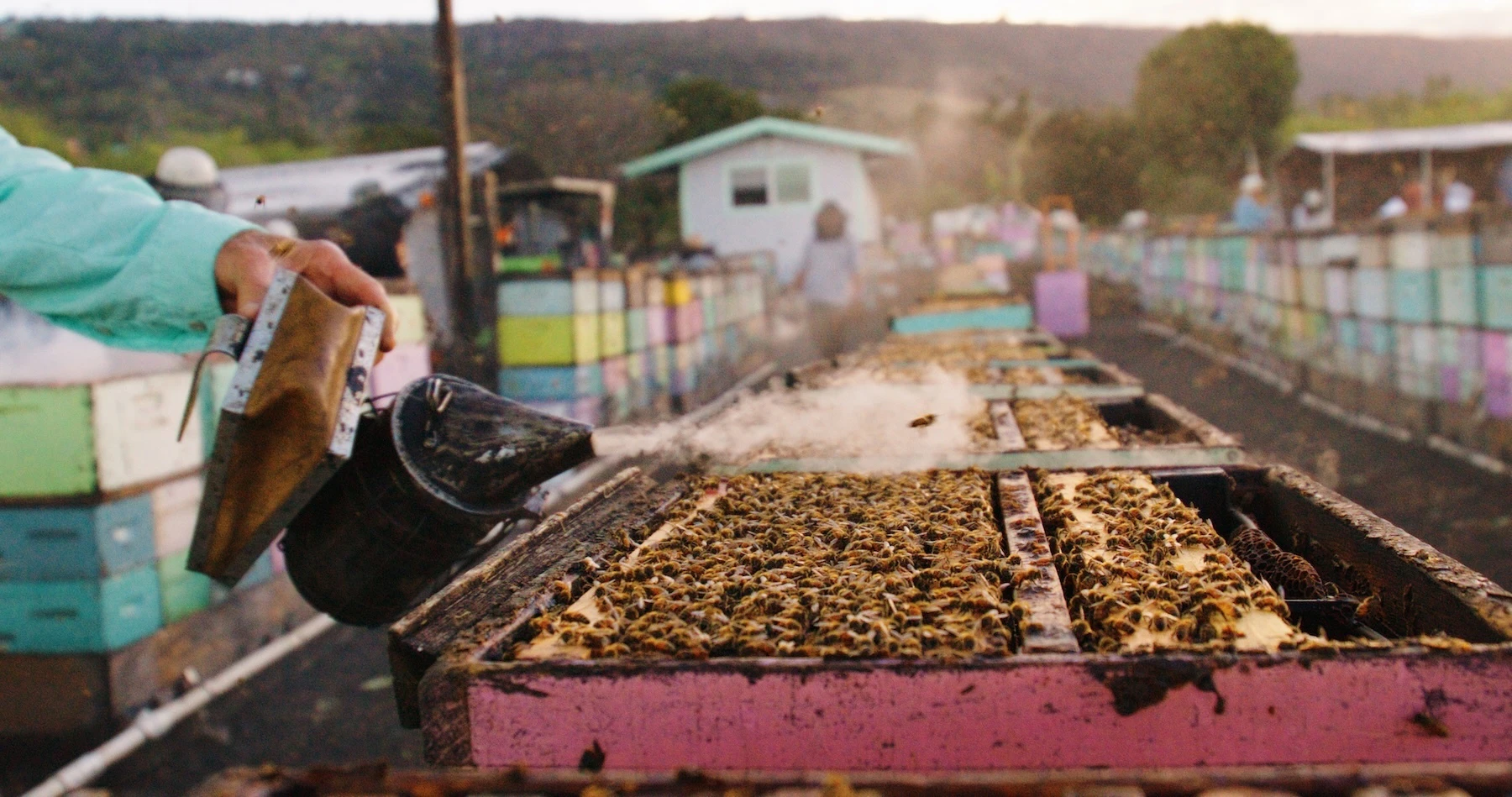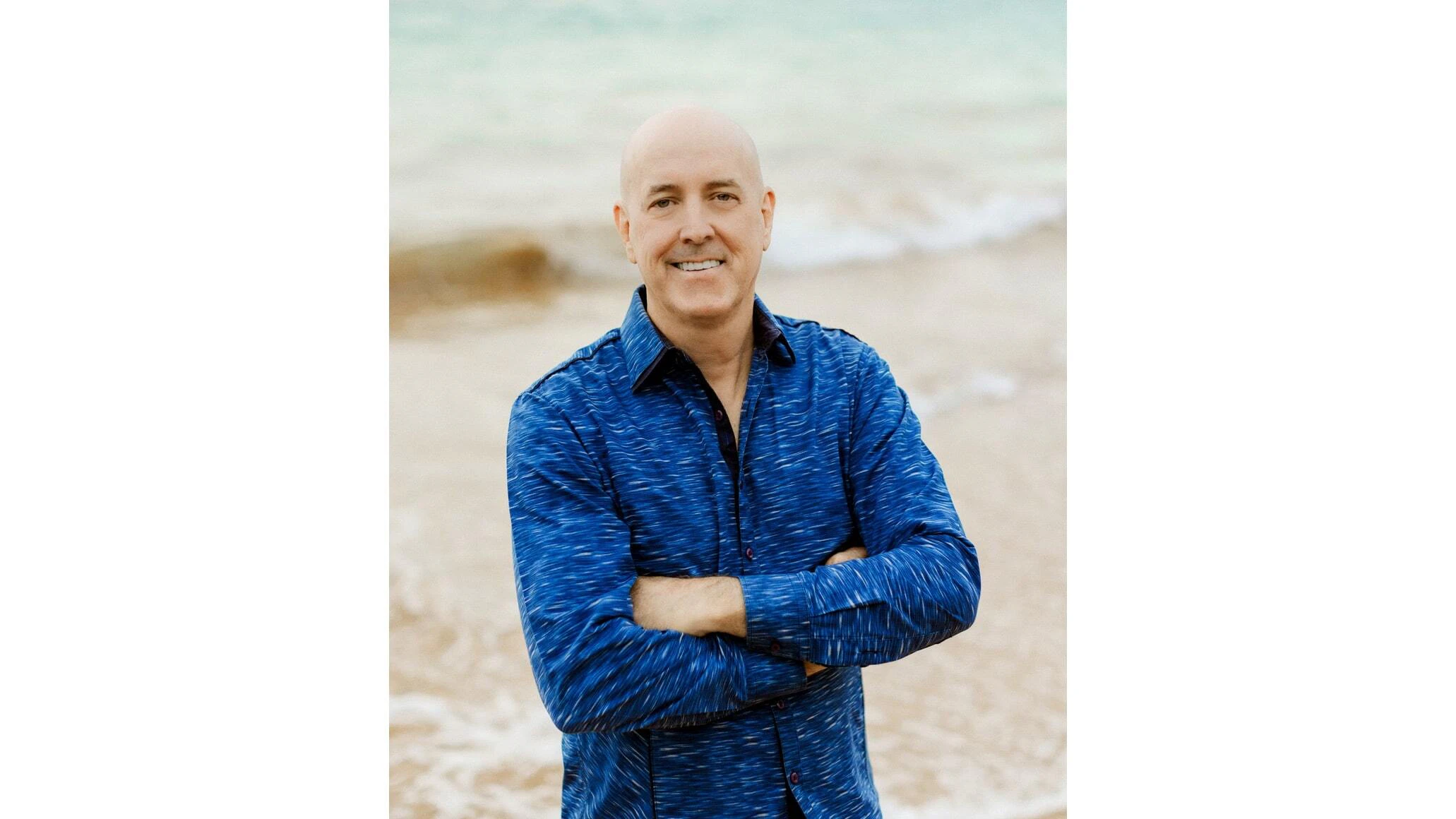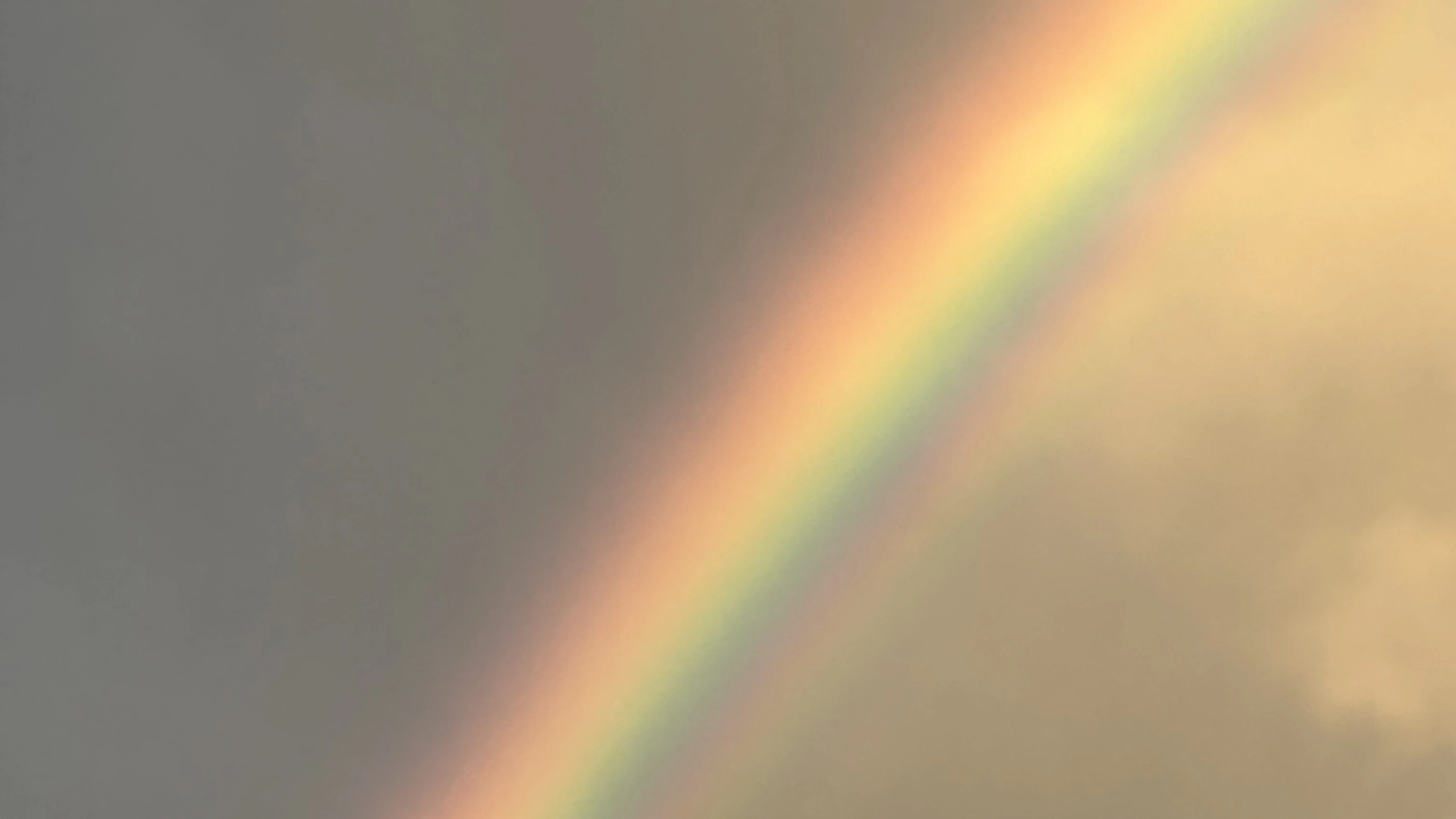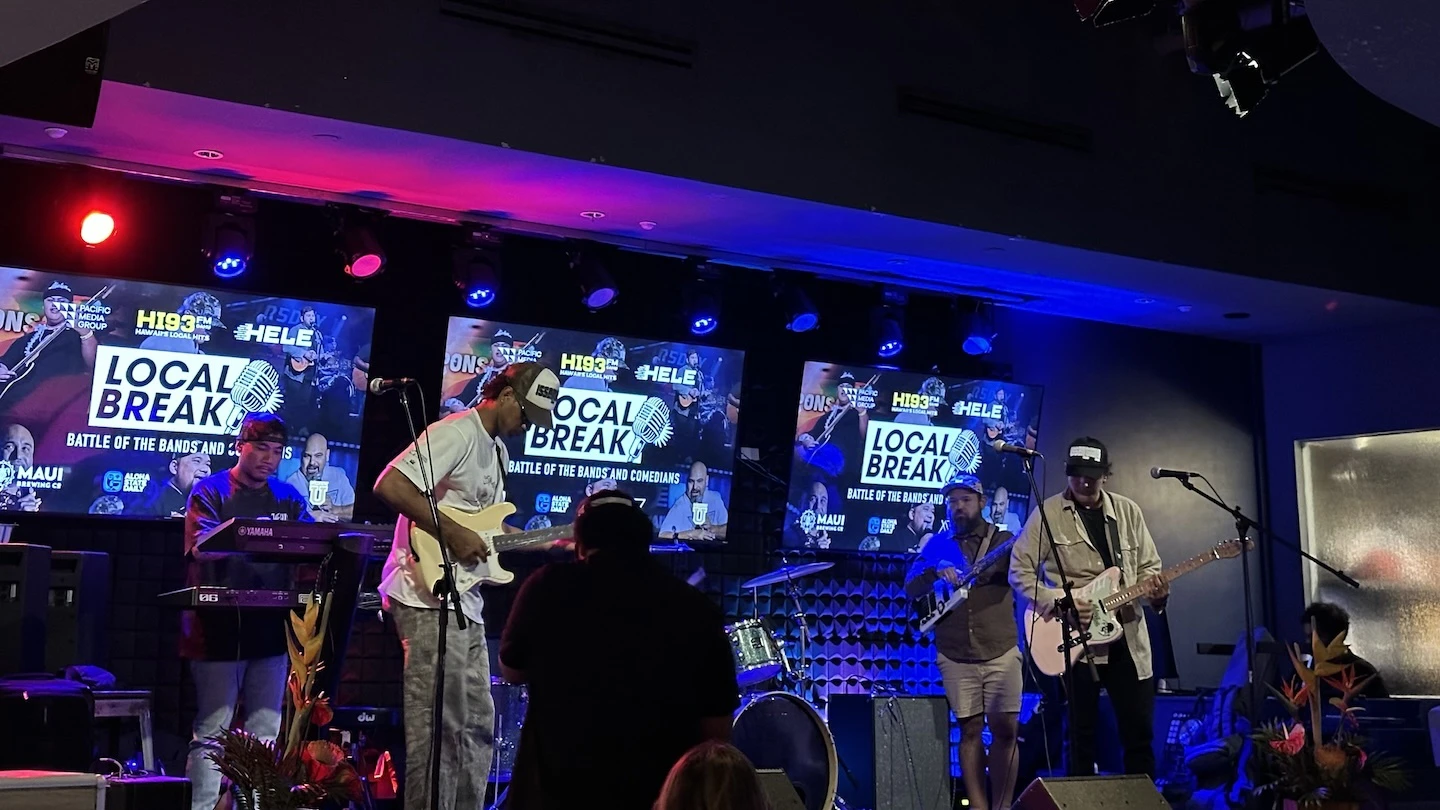Leandra Rouse comes from a family of Hawaiʻi Island beekeepers who raise queen bees that have started hives in other places, many of which are outside of the state.
On Saturday, April 5, she was in the spotlight — along with the Hilo-based photographer and cinematographer Andrew Richard Hara — for work on an exhibit about beekeeping across Hawaiʻi Island, now on display at the Kona Historical Society through July 31.
The exhibit is free. The museum is located next to Greenwell Farms, one of the largest producers of Kona coffee in the world. There is also a field trip program component to the exhibit and an estimated 300 students will get a chance to learn about bees, she said.
“Hawaiʻi Island is home to about 50% of all of the beekeepers in the state,” Rouse told Aloha State Daily. “There's a big beekeeping industry here. But even with that, it's a little known part of our agriculture story. It's kind of one of those quiet behind-the-scenes industries that you might not realize is there, compared to coffee farming or ranching, where you see it.”
What was her inspiration for telling this story? Her father, Gus Rouse, who turns 75 years old this month. He came to Hawaiʻi Island with her mother in the 70s on their honeymoon and they never left and have “worked bees here ever since,” she said. He mentioned Kona Historical Society had a professional archive but it didn’t have anything about honey bees, she said.
“He kind of planted the seed, and I thought: ʻIf I don't do it, who's going to do it? I'm just going to write the history of beekeeping in Kona, and I'm going to give it to Kona Historical,’” she said.
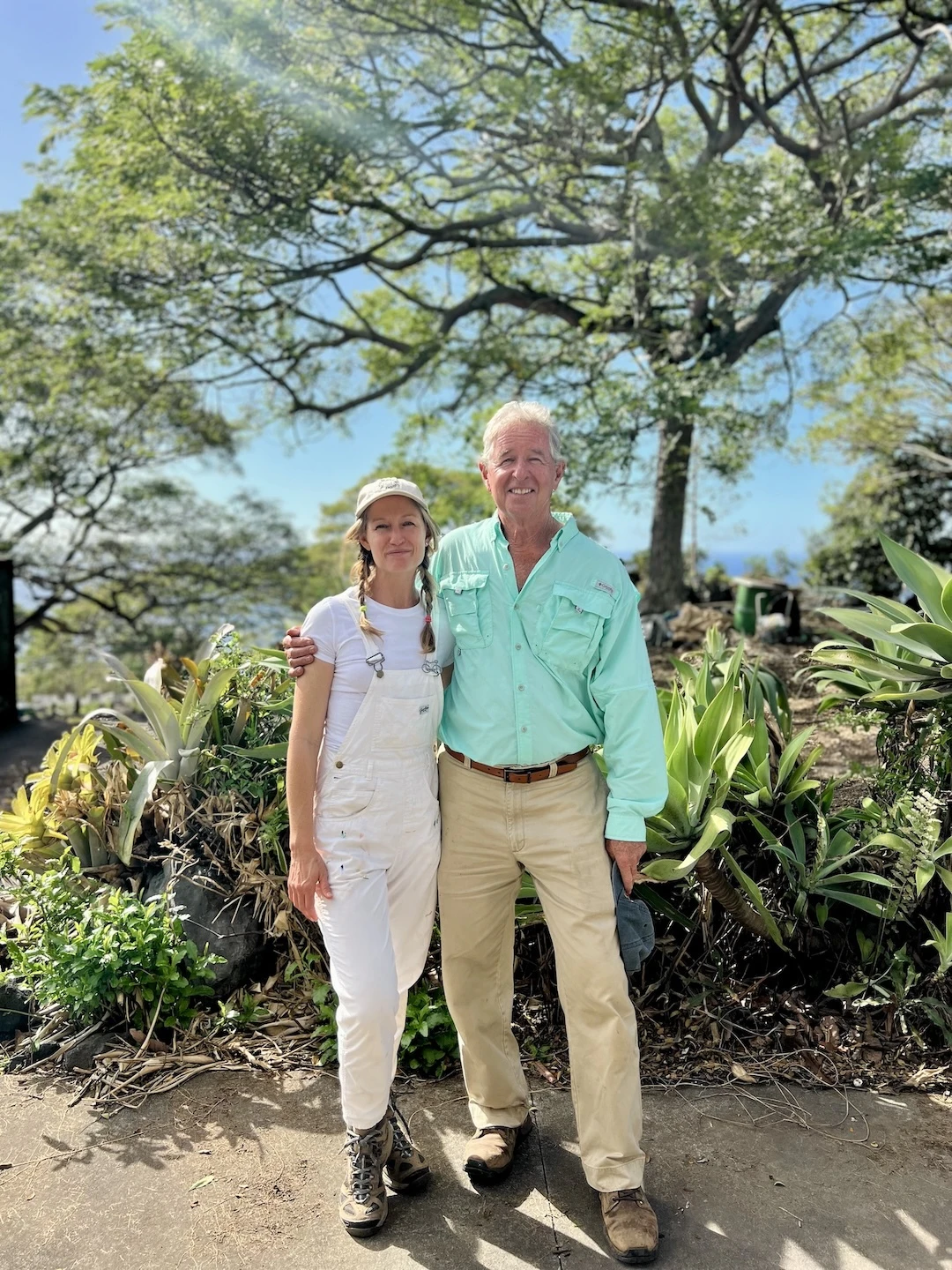
Rouse started interviewing beekeepers and created a 30-year historical record, she said. At the end of the project, it will be stored in the museum’s historical archive.
But she also partnered with Hara on a 10-minute documentary called “The Kona Beekeeper Legacy Project.”

“So many of our visitors are at the beach, and they don't know about this rich, beautiful ranching and agriculture community that we have,” she said. “Beekeeping takes you to really remote and beautiful places. For me, the inspiration for the documentary was sharing that beautiful, vibrant scene, that I know so well, that many people will never see. The visual is the colorful bee boxes speckled across a jet black lava field on the Kona coastline, overlooking Kealakekua Bay, or way up on Mauna Kea in the ōhiʻa forest, looking up at the mountain. It's just a really special viewpoint of Hawaiʻi that I wanted to share visually, with a documentary.”
Rouse is a nutritionist and takes special interest in how “our little town of Kona actually has a hand in global food security,” providing queen bees who helm hives in the Continental United States and Canada, she said.
Growing up, her chores included feeding bees sugar syrup during times of low nectar, and building queen cages and frames for bee boxes.
“Now I'm a bee historian,” she said with a laugh.
The exhibit includes a live hive that visitors can observe, as well as an area where they can share their own experiences with bees.
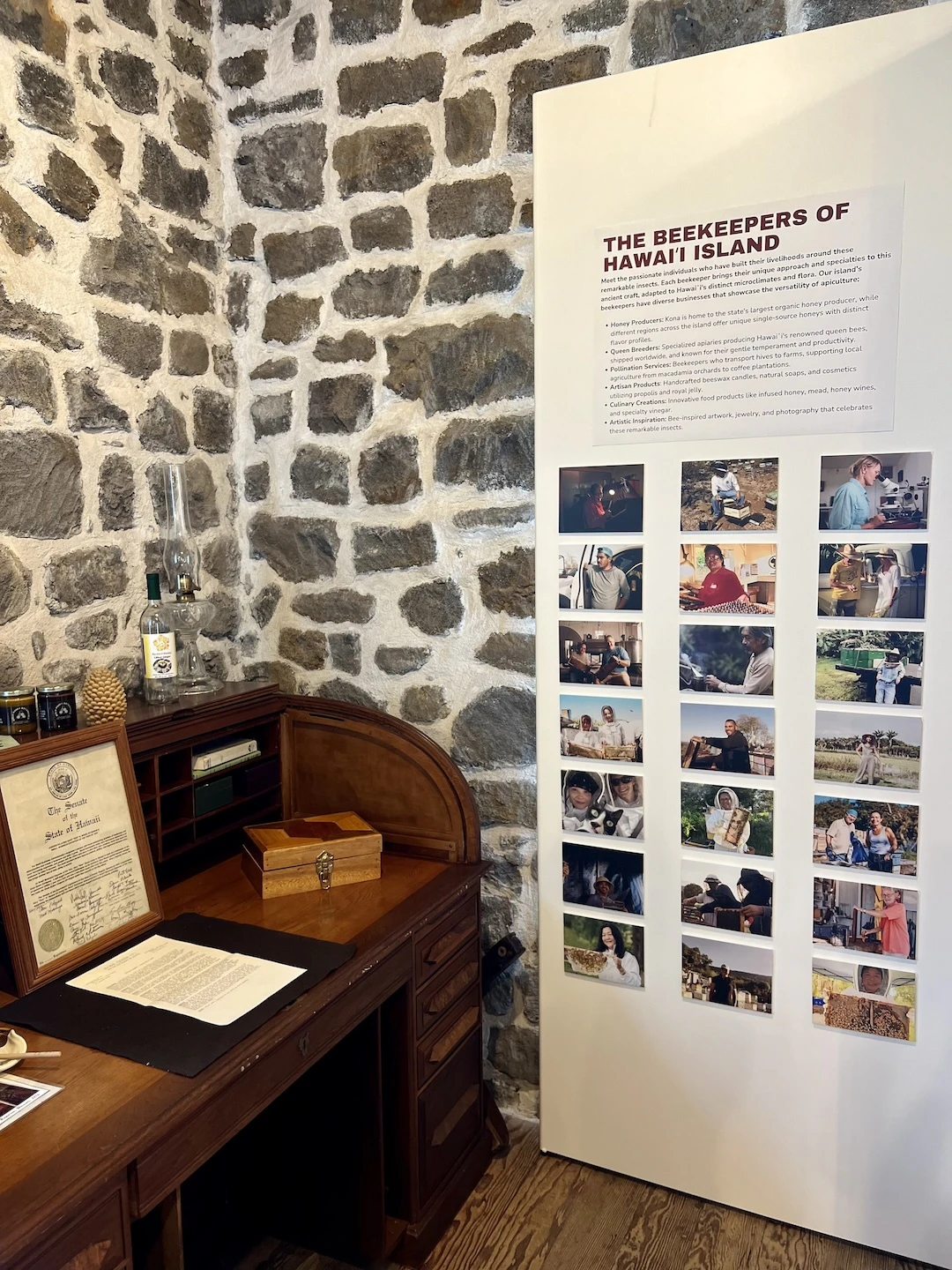
"I have a section that's basically the community's opportunity to participate in building the history,” she said. "There's a bulletin board where you can add your story. My hope is that by the end of the four-month exhibit, I'll have a packed bulletin board, and I'll be able to take those community stories and include them in the histories in the archive.”
There is also a section called “Faces of Hawaiʻi Island Beekeepers,” which includes about 40 portraits from across the island and includes some of the products beekeepers create, including value-added products, cosmetics and art.
Katie Helland can be reached at katie@alohastatedaily.com.

